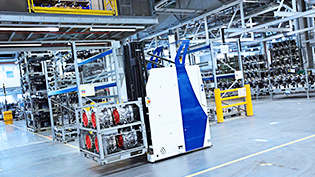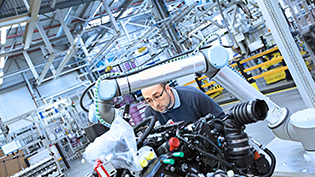Efficient Maintenance for Smart Production at thyssenkrupp
The Smart may be small, but when it comes to the reliability of its production processes, the city car is just as demanding as larger vehicles. thyssenkrupp produces Smart vehicles at its plant in Hambach (Mosel), whose maintenance department uses the AUVESY-MDT software solution.

In Hambach, Lorraine, thyssenkrupp produces front axles and complete rear axles with engines for Smart vehicles. The plant supplies seven OEMs worldwide, including AMG and BMW. A special feature of Hambach is that the assembly lines are located directly on the Smart factory premises and a Smart is completed every two minutes, which requires tight delivery conditions.
Maintenance in Hambach is organized on a preventive basis, with regular risk analyses of all systems. The plant is a pioneer in the introduction of AUVESY-MDT software for automated backups, version management and documentation of the software status of control programs. Gilles Gaeng, Technical Manager, emphasizes the need to eliminate unplanned downtime immediately without losing sight of ongoing production.
Proactively Prevent Downtime
During an online search, Gaeng discovered the AUVESY-MDT software solution and immediately recognized its value for maintenance - automatic documentation and storage of current software versions. The decision to adopt this solution was prompted by an incident in which the front axle line was shut down for three and a half hours, causing $24,500 in damage to the facility. During troubleshooting, it was discovered that outdated program versions were being stored because manual backups were only performed every six months.
With the help of AUVESY-MDT, a new network infrastructure was set up, enabling all relevant controllers and modules to communicate and exchange data. Each production line and machine was seamlessly integrated into the software. Gaeng and his team went through a three-hour training session, and the implementation went smoothly. Today, it is an integral part of the daily workflow.

The fact that backups can not only be saved, but also compared with each other is an enormous help to us, especially during audits. The software is set up: all new projects are stored in the software solution from AUVESY-MDT as standard. I see no reason as to why we would ever do without this system again.

Time Savings Through Automatic Backup and Documentation
A total of 105 regular data backups (jobs) are performed, including 5-minute backups for data blocks, daily backups for PLCs, and weekly backups for screwdriver controls. Intervals can be adjusted as needed. Special attention is given to the screwdriver stations, as all relevant data for performance cards, network cards and screwing parameters are documented here.
Prior to the software solution, data backup was very time-consuming and was only done manually every six months for 96 channels. Gaeng says, "Now we save a lot of time, because the data can be immediately retrieved, and I am always aware of the current status. No PLC is forgotten. We are well equipped."
The software solution saves time and allows backups to be compared, which is extremely helpful during audits. In addition to TÜV, ISO, and IATF audits, internal audits take place twice a year. With a simple click, Gaeng can provide the auditor with all relevant information without any preparation.
Current program states are no longer scattered across different local computers but are centrally secured, and Gaeng can adjust the configuration through the AdminClient. For a new section of the facility, he might choose shorter backup intervals, which can be extended over time. The AUVESY-MDT software solution also serves Gaeng as a crucial preventive analysis tool, as it identifies errors in critical network connections of the screw units, enabling on-site maintenance personnel to prevent breakdowns.
External contractors also have user access
Each maintenance technician has a User Client on their computer, and external service providers use their own login. In this way, all changes are managed through this unified and straightforward interface. However, the technicians can still use their familiar editors because they are stored in the software.
Since its introduction, the AUVESY-MDT software has proven itself many times over. Gaeng reports, "In a graphical comparison, differences are immediately noticeable, and I receive an instant notification if changes haven't been versioned." For example, Gaeng was able to prevent significant damage after the use of an external PLC programmer. When the system was down the next morning, he compared the latest versions and immediately reverted to the old, error-free version. Gaeng says, "The software is established: all new projects are automatically created in the software. There is no reason why we should ever go without the system again."
Contact us
Want to learn more about automatic backups, versioning and documentation in automated production?
Contact us
